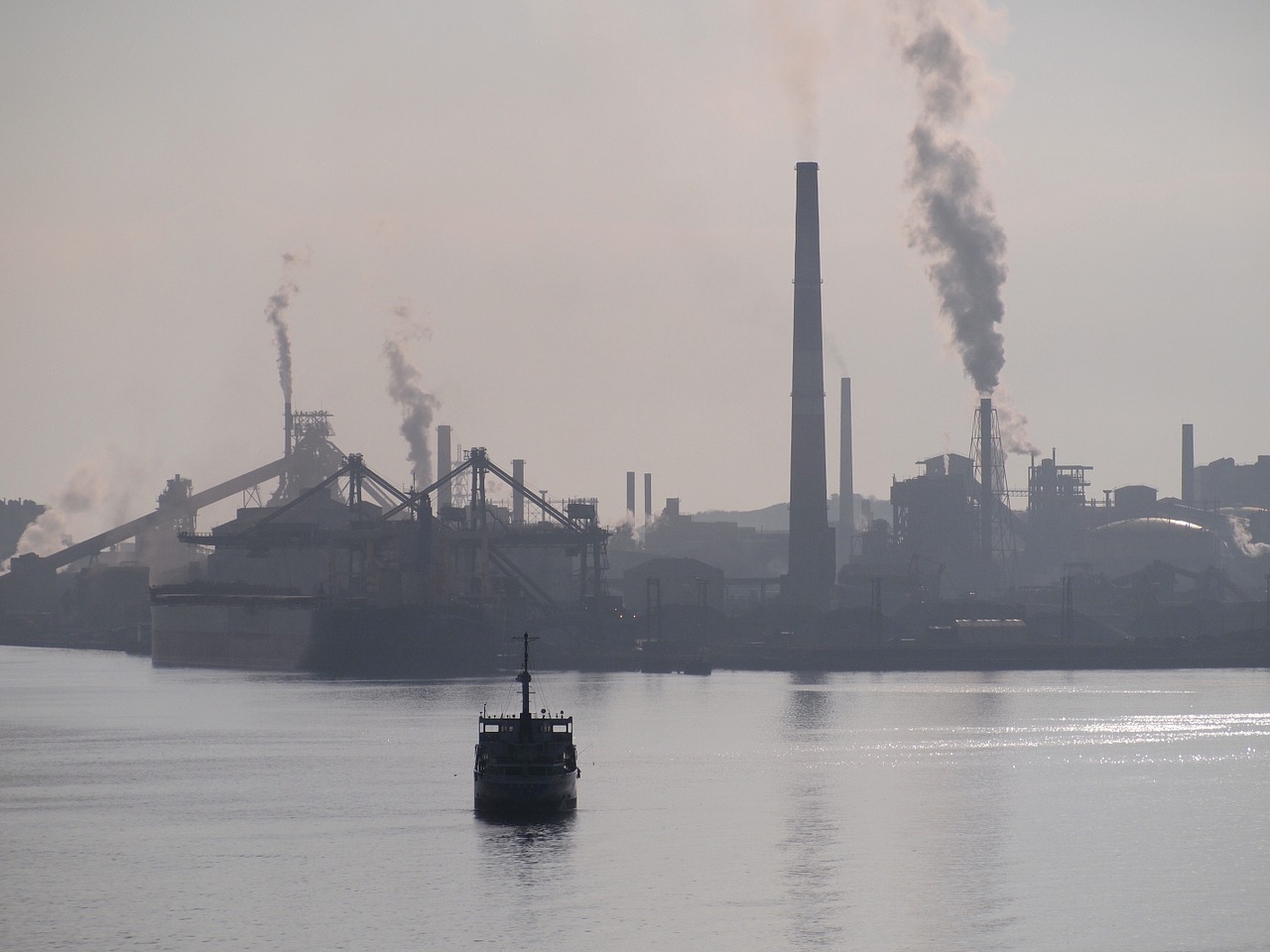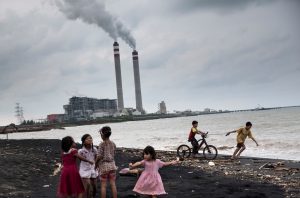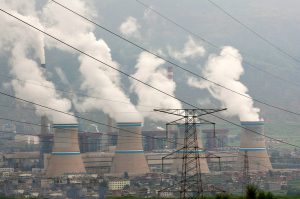According to a map of global energy subsidies based on 2013 data from the International Energy Agency (IEA), China ranks eighth worldwide for fossil fuel subsidies (US$22.1 billion) and fifth for renewables subsidies (US$7.3 billion). However, China, and to a lesser degree India, are the only countries to feature in the top 15 countries for both types of subsidy. Almost all other nations – such as the Gulf states and Germany – show a clear preference for one type of subsidy over the other.
But observers in the energy industry say those numbers don’t reflect a complex reality. The China Renewable Energies Industry Association (CREAI) and the World Resources Institute (WRI) are working on a review of China’s energy subsidy policies.
chinadialogue spoke with Peng Peng, CREIA’s head of policy consulting, about this seemingly incoherent aspect of China’s future energy strategy. The energy expert argues that the current policy regime is unfair: there is a lengthy application process to obtain subsidies for renewables, while the enormous costs of continued high carbon investment – environmental pollution and climate damage – are not reflected in the price of fossil fuels.
chinadialogue (CD): What is the position of coal and renewables in China’s energy mix? What subsidies do they benefit from?
Peng Peng (PP): By the end of 2014, China had more coal (66%) in its energy mix than any of the other top ten primary energy consumers (according to IEA figures). That’s twice the global average of 30%. However, the proportion of renewables is also increasing, with the percentage of installed capacity rising from 26% in 2010 to 32% in 2014. Meanwhile, the proportion of electricity generated from renewables will rise from 18% to 23% over the same period.
Currently there are state subsidies for equipment to remove sulphur, nitrogen oxides and dust from coal-fired power plant emissions, worth 0.027 yuan [US$0.004] per kilowatt hour. In China, total thermal power generation in 2015 was 4230.7 billion kilowatt hours, which meant that power firms could receive as much as 110 billion yuan [US$15.9 billion].
Renewable subsidies, by contrast, are mostly funded by tariff surcharges: industrial and commercial electricity users pay a renewables surcharge of 0.019 yuan [US$0.003] per kilowatt hour, equivalent to 80 billion yuan [US$11.6 billion] if collected in full. However, for various reasons, that surcharge is not paid in full and that means serious delays in payouts.
According to Li Yangzhe, deputy head of the National Energy Administration, in the second half of 2016, 55 billion yuan [US$8 billion) in subsidy payments were overdue meaning many generators lost out, due to a failure to collect the surcharge.
There is also strong support for coal from the financial sector. Thermal power plants generally receive the cheapest financing available; much cheaper than that offered to renewables firms. Cheap financing is another form of support for the thermal power sector.
Also read: China to reform fossil fuel subsidies
CD: In addition to the subsidies for environmental protection, are there other forms of subsidy for coal power?
PP: The lifecycle environmental costs of coal power are huge. So-called emissions-compliant clean coal is only clean during the electricity generation process – the environmental impacts of mining and transportation of coal remain. Look at Datong in Shanxi province, the landscape is scarred with abandoned open pit mines. In Ordos, in Inner Mongolia, the herders compete with coal mining for water.
Coal mining requires huge quantities of water and that’s caused desertification over wide areas of grassland. These costs aren’t reflected at the power generation stage. The taxes paid by the power plants are nowhere near enough to reflect the cost of environmental restoration that, ultimately, are covered by the public purse. It’s global taxpayers that foot the bill, and this is terrible value for money.
According to the Ministry of Finance’s Chinese Academy of Fiscal Sciences, research into financial and taxation policy for coal consumption caps, coal causes 302 yuan [US$44] per tonne in external environmental and health costs, and 160 yuan [US$23] in related costs due to climate change. Yet environmental taxes currently total a mere 45 yuan [US$6.5] per tonne.
External costs of coal: air pollution and greenhouse gas emissions. Source: International Institute for Sustainable Development (IISD)
CD: The IEA recently increased its predictions for global growth in green electricity, specifically mentioning the role of emerging markets, and in particular, China. How does China subsidise renewable electricity?
PP: China sets feed-in tariffs for solar and wind power by region, taking into account availability of renewable energy resources and the costs of construction and operation. The aim is to ensure these projects have a profit margin of 8-10%.
Electricity from renewable sources is paid by two means. The grid buys it at the same feed-in tariff used for coal from plants which operate sulphur and nitrogen oxide scrubbers. This is less than the feed-in tariff for renewables, and the government covers the shortfall with a “renewable energy fund” set up by the government – that’s the subsidy.
CD: Are there differences in the application and pay-out processes between fossil fuel and renewable energy subsidies?
PP: Fossil fuel subsidies are paid monthly. Subsidies for thermal power plants, which remove sulphur, nitrogen oxides and dust from their emissions, are paid promptly in line with the amount of power generated, and payments are never late.
But subsidies for renewable power generators are paid in batches to power generators listed in the Renewable Energy Tariff Surcharge Subsidy Catalogue. The catalogue, which lists all power generators that have successfully applied for subsidies, is infrequently updated (there was a three year wait for the last update). So a solar or wind power project could wait two or three years from completion before being added. And once you’re included, subsidies are paid quarterly, not monthly.
Currently, there could be a three-year wait between a renewable energy project applying for a subsidy and receiving the first payment. That means inflation erodes the value of the subsidy, which adds to the financial pressure.
CD: The National Development and Reform Commission is soliciting views on changes to feed-in tariff for renewables, with the industry regarding a reduction as inevitable. What is your view on the reduction of preferential treatment for renewable energy?
PP: The renewables surcharge is paid by commercial users of electricity. The government hopes to prevent increases in their electricity costs in order to boost the economy. It’s difficult to increase the surcharge at the same time as keeping electricity prices stable. And technological advances are bringing the costs of renewable (electricity) down further.
We hope that by 2020, wind and solar power will be competitive without the need for subsidies. Of course, that can only happen if coal power prices include external environmental costs in full.
We hope to see a certain degree of government and social support for renewables continue.








